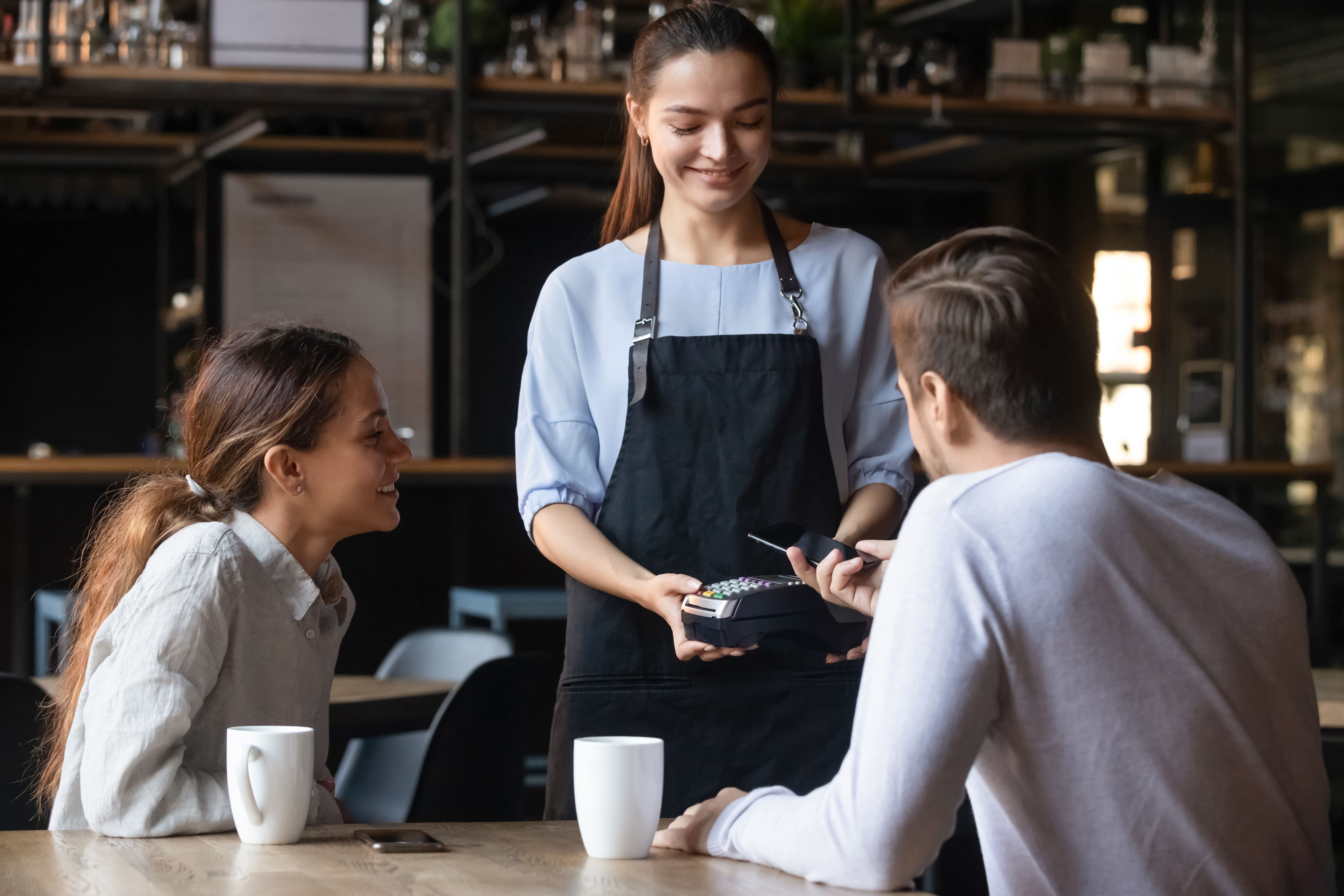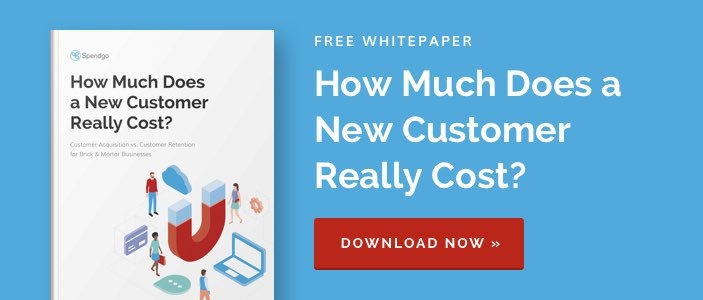Customer connections are often fleeting in the restaurant world. According to research from Deloitte, only 42% of restaurant customers are willing to serve as ambassadors for their favorite brands, and fewer than 30% say that they have a personal relationship with a restaurant, its brand, or its people.
Nowhere is this more apparent than in quick service and fast casual restaurants, where price, taste, and staff attitude are foremost in your guest’s mind. In order to build an ongoing relationship with a customer, your establishment needs to hit the right balance between convenience, affordability, and taste. That doesn’t mean there aren’t valuable tactics available to restaurant owners and managers that are proven to drive traffic to the register (and keep people coming back).
What can restaurateurs do to exceed expectations and boost retention?
Here are three big ideas with small budgets that QSR owners and managers can use:
Special events and programs
Connections with the community make your QSR more than just some fast food joint… it turns it into an institution. When you associate your brand with community events — post-game pizza parties for little league teams, cub scout fundraisers, veterans meetups— you develop a built-in audience that keeps coming back.
However, that can be easier said than done. Finding a special event or program that connects isn’t always easy. Most restaurants will run through a series of promos trying to find a way to draw in return business. When the rules for your promo are too complicated or limited, people won’t participate.
Successful promos are often the simplest. For example, restaurants that are near college campuses can use “homework helper” online-only specials after 4pm to build connections within student communities. While associating your brand with all-night study sessions may seem contradictory to the aim of promoting fun, it also makes you the go-to choice for hungry students when finals week comes around.
Better messaging and promotion
Your promotion won’t attract any guests if no one knows it’s happening. Effective messaging is essential for getting the word out about special deals, seasonal offerings, and more. Something as simple as a sign announcing extended hours can make a big difference.
Restaurants get the bulk of their traffic from local walk-ins. Curb appeal matters for restaurants more than many other businesses. Promoting your special deals using window decals, vinyl banners, and other signage puts incentives right where people can see them.
In-person messaging is one thing, but can you also get the word out online? According to Sprout Social, 88% of people say that online comments and reviews impact their decision making. Social media is an increasingly popular promotional tool for restaurants. Platforms like Twitter and Instagram allow resturauteurs to directly connect with their audience, spreading the word about new events and deals while showing off their most popular dishes.
However, finding the right balance on social media takes planning and practice. Social managers need to create an online presence that’s vibrant and personable, showcasing both the food and the fun experience that the restaurant creates. Brands that are too overtly promotional often don’t see returns on their investment.
Loyalty programs
Loyalty programs are an old standby that restaurants use to drive return traffic. It makes sense — loyalty programs allow restaurants to pitch return business without coming across as salesy. Consider the Starbucks “Treat Receipt” program, which gives customers who buy a coffee in the morning a discount on an iced drink after 2 p.m. Imagine if your barista said “please come back again later on today” when delivering your latte. Sounds forward, but that’s exactly what this program is proposing.
Loyalty programs give regular customers an incentive to come back more often. Repeat visits equal rewards, after all. A lot of independent restaurants and local chains think that using a digital activation as part of their loyalty program will be costly and require a reconfiguring of their current way of operating. In fact, the opposite is true — something as easy as a tablet by the register that tracks customer purchases using a phone number can drive retention. Your digital rewards platform also generates actionable data that you can use to improve your promotions.
There are other options available that connect with customers, collect invaluable data, and don’t slow down your checkout lines or require costly changes to technology.
Learn what Spendgo can do for you. Schedule a demo with us today.





